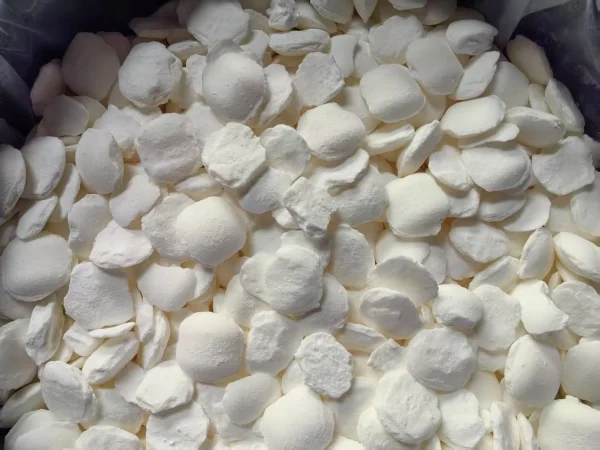
Cyanidation gold extraction is a method that uses cyanide as the leaching solution to extract gold. Due to its mature technology, high leaching rate, and strong adaptability to ores, the cyanidation process remains one of the primary methods for gold production to this day. During the cyanidation process, it is essential to control every technological aspect to ensure good economic returns. This article will introduce you to the eight technological requirements for cyanidation gold extraction from gold ores.
1. Aeration and Cyanide Addition
Cyanide is added to the slurry after grinding to dissolve gold, forming metal complexes. The reaction formula is as follows: [Reaction formula should be inserted here if available]. As can be seen from the equation, oxygen is required during the gold leaching reaction. Therefore, in industrial production, air is introduced into the leaching tank. The aeration pressure is generally around 1 kg, and the aeration rate is more than 0.002 m³ per minute per cubic meter of slurry.
2. Addition of Protective Alkali
To maintain the concentration of cyanide in the slurry, prevent environmental pollution, and avoid the generation and loss of toxic hydrogen cyanide (HCN) gas, alkali must be added to the leaching tank. This keeps the slurry at a relatively high pH value (10.5 - 11). In industrial production, lime or lime milk is commonly used, and sometimes NaOH is added for supplementary adjustment.
3. Maintaining the Slurry in a Suspended State
The cyanidation gold extraction process has specific requirements for the performance of the leaching (adsorption) agitation tank. Under the condition of low power consumption, the particles of gold that have been liberated or have exposed surfaces in the slurry should not deposit in the tank. The slurry, cyanide, lime, and air should be thoroughly mixed and suspended in the tank. The slurry concentration should be uniform at all parts of the tank, without stratification along the depth of the tank, and the particle size distribution should be even.
4. Maintaining an Appropriate Slurry Concentration
When the density of the gold ore being cyanided ranges from 2.65 to 2.8. the general leaching slurry concentration is 40 - 45%. When the density of the flotation concentrate is 3 - 3.5. the general leaching concentration is 30 - 40%. The fineness of the material is generally such that 80 - 95% of it passes through a 200 - mesh sieve. Production practices show that different materials and production conditions require different agitation tanks.
5. Reducing Wear and Noise of Moving Parts
To reduce the wear of the agitator and extend its service life, most impellers in industrial production are rubber - lined. The transmission device should be precisely processed to ensure high transmission efficiency and low noise.
6. Reducing Carbon Wear
In the carbon - in - pulp process, carbon is added to the adsorption tank to adsorb the leached gold. If the agitation force of the leaching agitation tank is too strong, the carbon will be ground and lost; if it is too weak, sedimentation will occur. Therefore, while maintaining the slurry in a suspended state, on the one hand, high - hardness carbon should be selected for production, and on the other hand, the rotational speed of the impeller should be reduced to minimize carbon loss and the input power of the agitation - adsorption tank.
7. Determining the Appropriate Scale
Currently, the processing capacity of common cyanidation plants ranges from several dozen to tens of thousands of tons per day. The larger the scale, the more land, larger - sized equipment, and higher investment are required. Mines should determine the appropriate scale of the plant based on actual conditions.
8. Reducing Equipment Weight and Investment
When selecting a leaching agitation tank, it should be highly efficient and energy - saving for leaching. At the same time, the transmission device should occupy less space, and the equipment should be lightweight. Once the scale, slurry concentration, and leaching time are determined, the number of tanks can be ascertained. However, the size of the agitation tank should be suitable for the scale. For example, if a 500 - t/d cyanidation plant still uses a φ3.5×3.5 m agitation tank, more equipment will be needed, increasing investment. Therefore, only when the equipment is lightweight and the scale is appropriate can the construction investment of the enterprise be reduced.
These are the eight technological requirements for cyanidation gold plants. Mine owners should strictly control every production process in actual production and monitor various parameters in real - time to prevent economic losses caused by improper operations. Mine owners can also consult manufacturers with overall plant selection qualifications. It is crucial to conduct ore - dressing tests in advance and formulate appropriate plant selection plans based on the test results.
- Random Content
- Hot content
- Hot review content
- Toxicity Assessment of Sodium Cyanide and Relevant Hazard Prevention Measures
- Polyethylene Glycol PEG - 2000/4000/6000/8000 alcohol ethoxylate surfactant
- Flexible Customer and Supplier Relations Specialist (Location: Nigeria)
- industry Electric Detonator
- High-strength, High-precision Shock Tube Detonator
- Thiourea 99% high activity Professional Producer
- Food Grade Heavy Light Precipitated Calcium Carbonate Powder Granular 99%
- 1Discounted Sodium Cyanide (CAS: 143-33-9) for Mining - High Quality & Competitive Pricing
- 2Sodium Cyanide 98% CAS 143-33-9 gold dressing agent Essential for Mining and Chemical Industries
- 3Sodium Cyanide 98%+ CAS 143-33-9
- 4Anhydrous Oxalic acid 99.6% Industrial Grade
- 5Oxalic acid for mining 99.6%
- 6Soda Ash Dense / Light 99.2% Sodium Carbonate Washing Soda
- 7Reagent Grade/Industrial Grade Hydrochloric Acid min.31%
- 1Sodium Cyanide 98% CAS 143-33-9 gold dressing agent Essential for Mining and Chemical Industries
- 2High Quality 99% Purity of Cyanuric chloride ISO 9001:2005 REACH Verified Producer
- 3 High-Quality Sodium Cyanide for Leaching
- 4Powdery emulsion explosive
- 5Industry Grade Electron grade 98% Sulfuric Acid H2SO4 Sulphuric Acid Battery Acid Industrial Sulfuric Acid
- 6Colloidal emulsion explosive
- 7sodium hydrosulfide 70% flakes used Mining Industry

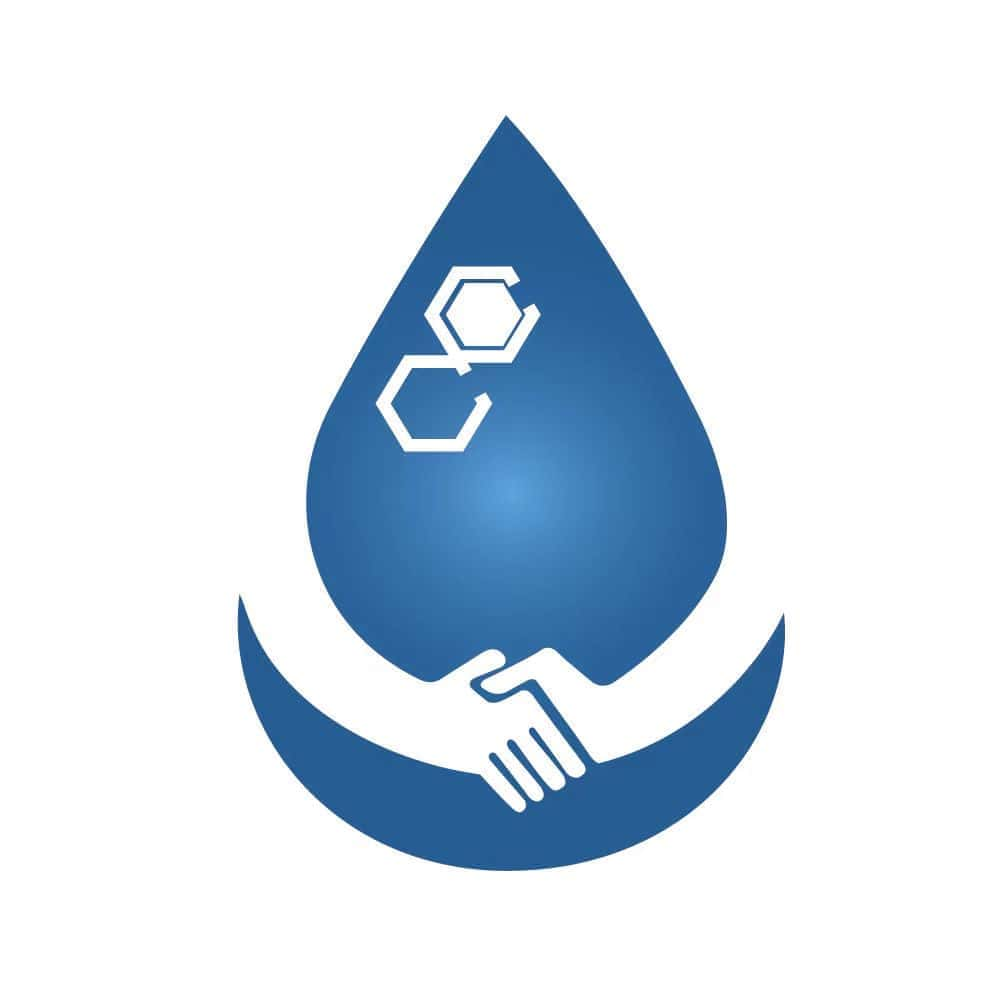
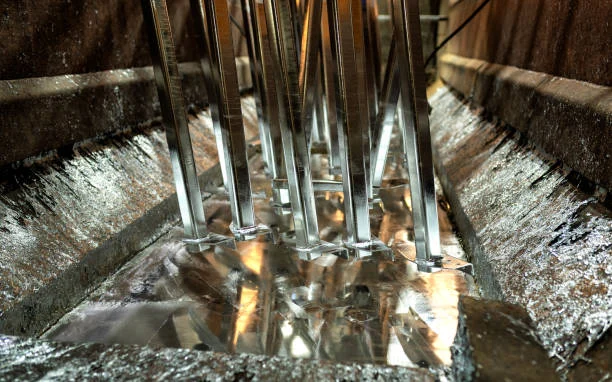
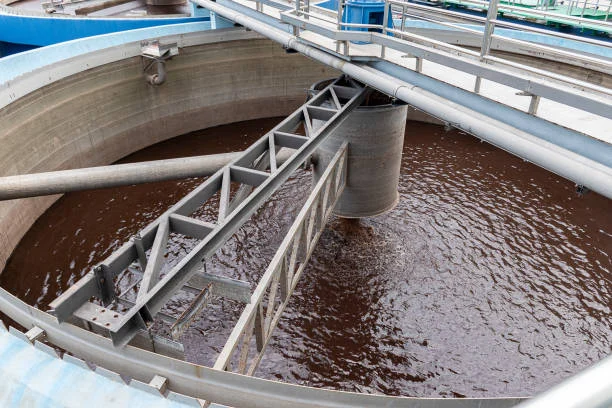
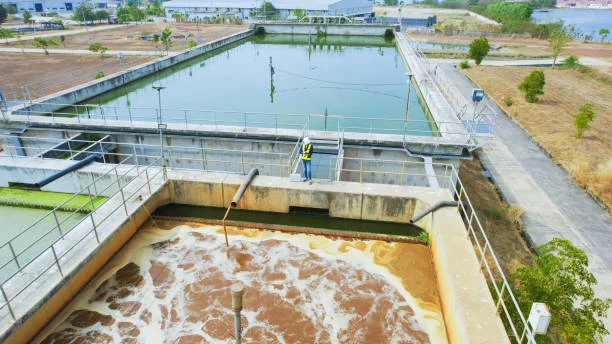
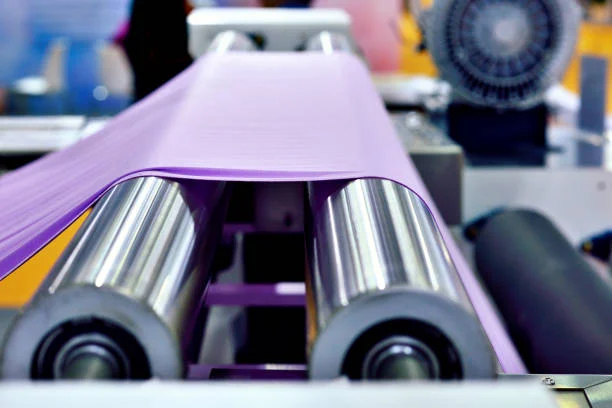
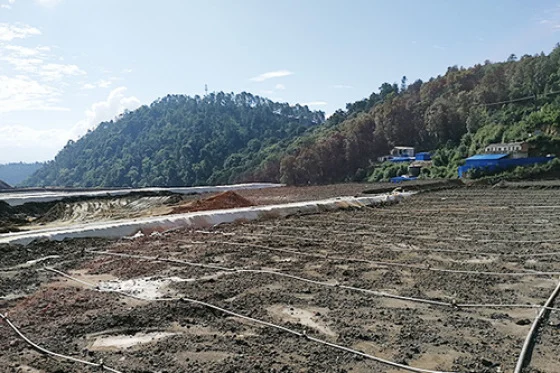
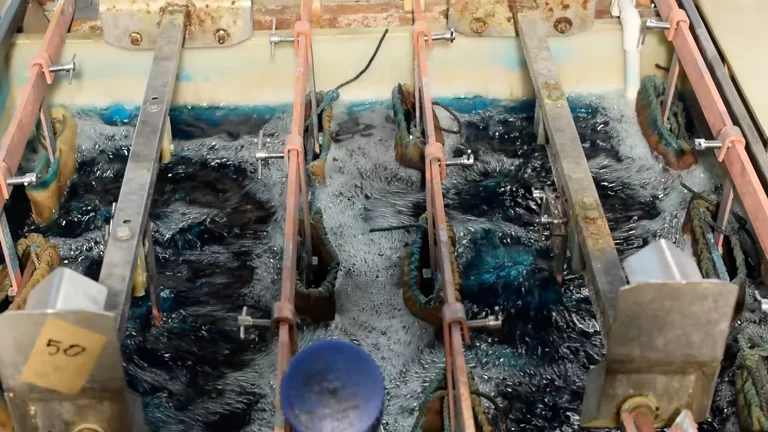



Online message consultation
Add comment: